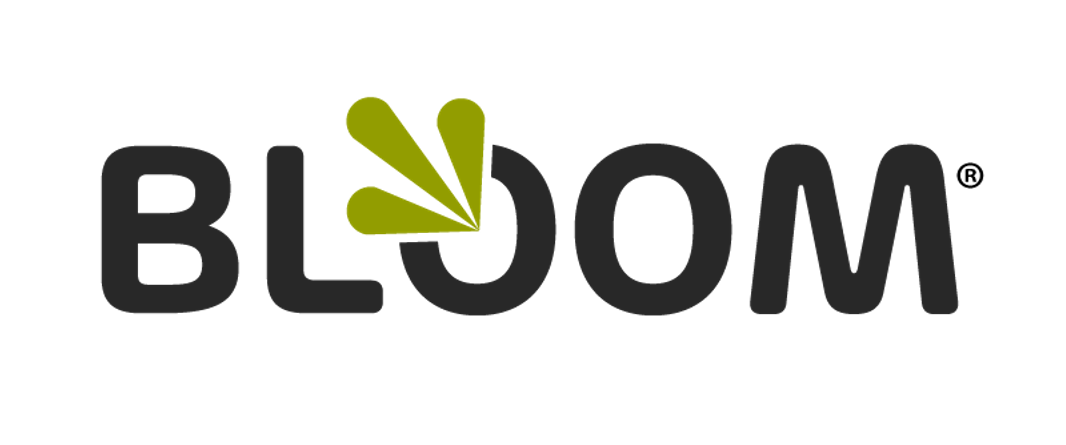Support Your Managers with Routine Team Performance Dialogues
The 2025 Gallup State of the Global Workplace Report states that last year, global employee engagement declined, resulting in a loss of US$438 billion in productivity for the world economy.
The primary cause was a drop in manager engagement. Since the pandemic, managers have been tasked with balancing the demands of new executives and employee expectations. We are starting to see the toll. However, it will not stop with managers. Manager engagement impacts team engagement, which in turn affects productivity. Business performance — and ultimately GDP growth — is at risk if executive leaders do not address manager breakdown.
Providing a process that supports managers in being successful with their teams is essential to your organization’s success.
In response, we developed the BLOOM® team leadership platform to take a bigger-picture approach, and you should be asking those questions if you’re not already. Specifically:
How often will the organization complete and track performance dialogues?
Will reviews be completed at the time of each employee’s anniversary date, or will there be a unified annual process where reviews are completed simultaneously throughout the organization?
Which rating scale will we use?
What do we want the review to measure?
How many people will give input to each employee’s review?
Will managers be expected to work with employees and set individual development goals and training at the time of the review?
A robust performance management system, such as BLOOM, can help you effectively manage your performance review process. Here’s how:
1. How often will the organization complete formal reviews?
BLOOM accommodates 90, 180, and 365-day review cycles, which you enter when you first implement the system. BLOOM then automatically schedules new reviews and due dates so you don’t have to monitor the calendar or notify managers. When you enter a new employee, BLOOM sets up a 90-day Introductory Review that the HR administrator can disable if needed. When the manager completes the Introductory Review and HR approves it, BLOOM schedules the following review based on your review cycle. Some organizations conduct informal check-ins between formal reviews, and we often provide our clients with resources to guide these informal check-ins, ensuring they align with the broader picture. Various feedback templates may be available throughout the year for use at any time.
2. Will reviews be completed at the time of each employee’s anniversary date, or will there be a unified annual process where reviews are completed at one time throughout the organization?
How you structure review schedules is up to you. BLOOM can accommodate either option. Having said that, we believe that a unified annual review cycle helps streamline the review process and saves time on paperwork. It also forces a sense of urgency for completion throughout the organization.
3. What rating scale will we use?
BLOOM offers a 3, 4, and 5-point rating scale. If you read our post about rating scales, you know that we recommend a 5-point scale because we believe it allows communicating all conditions of employee development.
4. What do we want the review form to measure?
With BLOOM, you can customize your performance review form based on the following criteria:
Work Relationships
Creativity & Initiative
Communication Skills
Role Knowledge (view training record)
Organization Standards
Individual Goals (imported from the employee record)
Competency Review (imported from the role description)
Pay Data (this can be turned on or off by role, giving managers the ability to view their employees’ pay data)
One approach is to select criteria based on the organization's values and the current priorities necessary to achieve the strategic initiative. Another approach is to solely base the performance review on the role requirements and individual contributions of each employee.
5. How many people will give input to an employee’s review?
Employees need to get perspective and input from more than one person. BLOOM can currently capture a variety of information in each employee’s review form:
Primary and secondary supervisors can enter feedback.
Executives can view and edit reviews for anyone who reports directly to the managers they manage.
Employees can complete self-reviews without seeing managers’ comments until the review interview.
6. Will the managers be expected to set individual employee development goals and training at the time of the review?
Your organization’s procedure for setting employee goals will determine the answer to this question. However, we recommend incorporating it into the review process because goals are the most effective way for managers to communicate individual performance enhancements. At the very least, these should be reviewed. Additionally, it is beneficial to revisit the existing goal notes and review the progress and resources required to complete the open goals. Use BLOOM to enter new goals that require attention before the next review period.
Let’s talk about strategic performance management
Contact us to learn more about strategic performance management and the BLOOM system, or leave a comment below with any additional questions you may have.
